
The concept that growth will “trickle down” to the poor and most disadvantaged among us has been proven to be fundamentally flawed. Instead, we have learned that when we invest in making economies more equitable from the bottom up, or the middle class out, economic growth is likely to be better for everyone’s pocketbooks, for longer periods.
But while growth and equity are critical ingredients for a more inclusive economy, they direct us away from a more constructive and nuanced conversation about other elements of what makes an economy more inclusive, particularly for the poor and vulnerable. Important, too, is who participates in the economy—as workers, consumers, and business owners—whether growth is lasting and sustainable, whether people have an equal shot at economic opportunities, and if there’s some minimum level of security and predictability associated with those opportunities. These questions are particularly important in rapidly-changing demographic, social, environmental and economic environments (i.e. today).
What is an inclusive economy, and how do we know if we’re making progress towards it, globally, nationally, locally and across our incredibly different contexts?
The Foundation believes that an inclusive economy is one in which there is expanded opportunity for more broadly shared prosperity especially for those facing the greatest barriers to advancing their well-being.
Quite simply, there are more opportunities for more people. Based on a broad range of input from experts, academics, peers, and public opinion, the Foundation defines inclusive economies by five inter-related characteristics: participation, equity, growth, sustainability, and stability.
In a new report by researchers Chris Benner and Manuel Pastor (authors of Growth, Equity and Community (2015)), the researchers took the definition above and identified an impressive list of 15 sub-categories and 57 indicators associated with each of these five characteristics (executive summary here). “Inclusive Economy Indicators: Framework & Indicator Recommendations” introduces each characteristic and how one might go about measuring them given the data that is generally available.
The five characteristics of an inclusive economy are defined by the Foundation as the following:
- Participation– People are able to participate fully in economic life and have greater say over their future. People are able to access and participate in markets as workers, consumers and business owners. Transparency around and common knowledge of rules and norms allow people to start a business, find a job, or engage in markets. Technology is more widely distributed and promotes greater individual and community well-being.
- Equity-More opportunities are available to enable upward mobility for more people. All segments of society, especially poor or socially disadvantaged groups, are able to take advantage of these opportunities. Inequality is declining rather than increasing. People have equal access to a more solid economic foundation, including equal access to adequate public goods, services and infrastructure, such as public transit, education, clean air and water.
- Growth– An economy is increasingly producing enough goods and services to enable broad gains in well-being and greater opportunity. Good job and work opportunities are growing and incomes are increasing, especially for the poor. Economic systems are transforming for the betterment of all, including and especially poor and excluded communities. Economic growth and transformation is not only captured by aggregate measures of economic output (such as GDP), but must include and be measured by other outcomes that capture overall well-being.
- Stability- Individuals, communities, businesses and governments have a sufficient degree of confidence in their future and an increased ability to predict the outcome of their economic decisions. Individuals, households, communities and enterprises are secure enough to invest in their future. Economic systems are increasingly resilient to shocks and stresses, especially to disruptions with a disproportionate impact on poor or vulnerable communities.
- Sustainability– Economic and social wealth is sustained over time, thus maintaining inter-generational well-being. Economic and social wealth is the social worth of the entire set of assets that contribute to human well-being, including human produced (manufactured, financial, human, social) and natural capital. In the case of natural capital, human use must preserve or restore nature’s ability to produce the ecosystem of goods and services that contribute to human well-being. Decision-making must thus incorporate the long-term costs and benefits, and not merely the short-term gains, of human use of our full asset base.
Benner and Pastor continue to work with the Foundation to think about how one might measure each of these characteristics globally, at the national and sub-national level, and across various markets (e.g. financial, dairy, coffee, electricity). More important than metrics and measurement, however, we seek to fundamentally expand the conversation about what an inclusive economy is and how to achieve it. How are people’s lives changing because of the presence, or the lack thereof, of each of these characteristics? How do we know?
There is no magic recipe, but at least we know we’re closer to having the right ingredients in the mix.
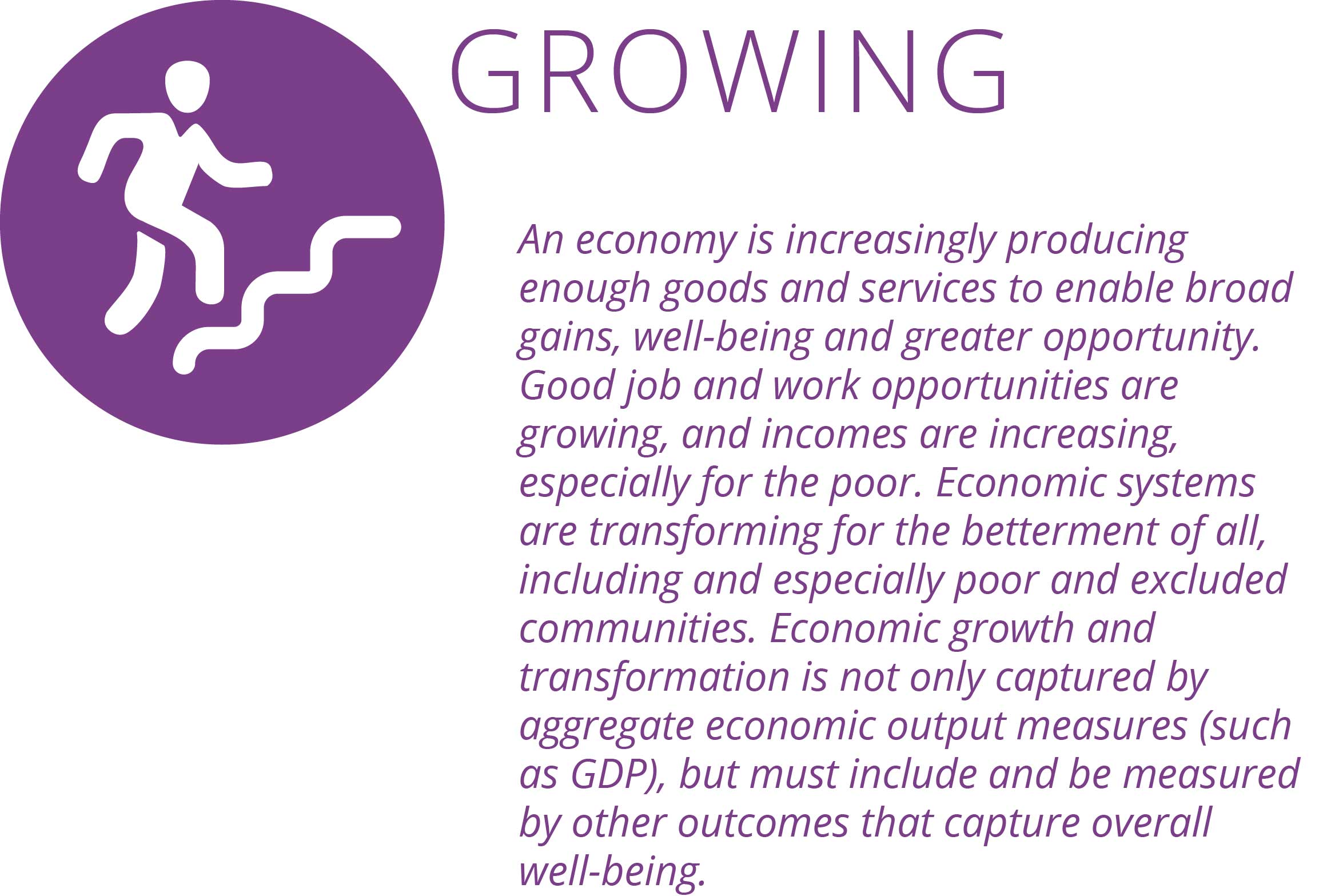
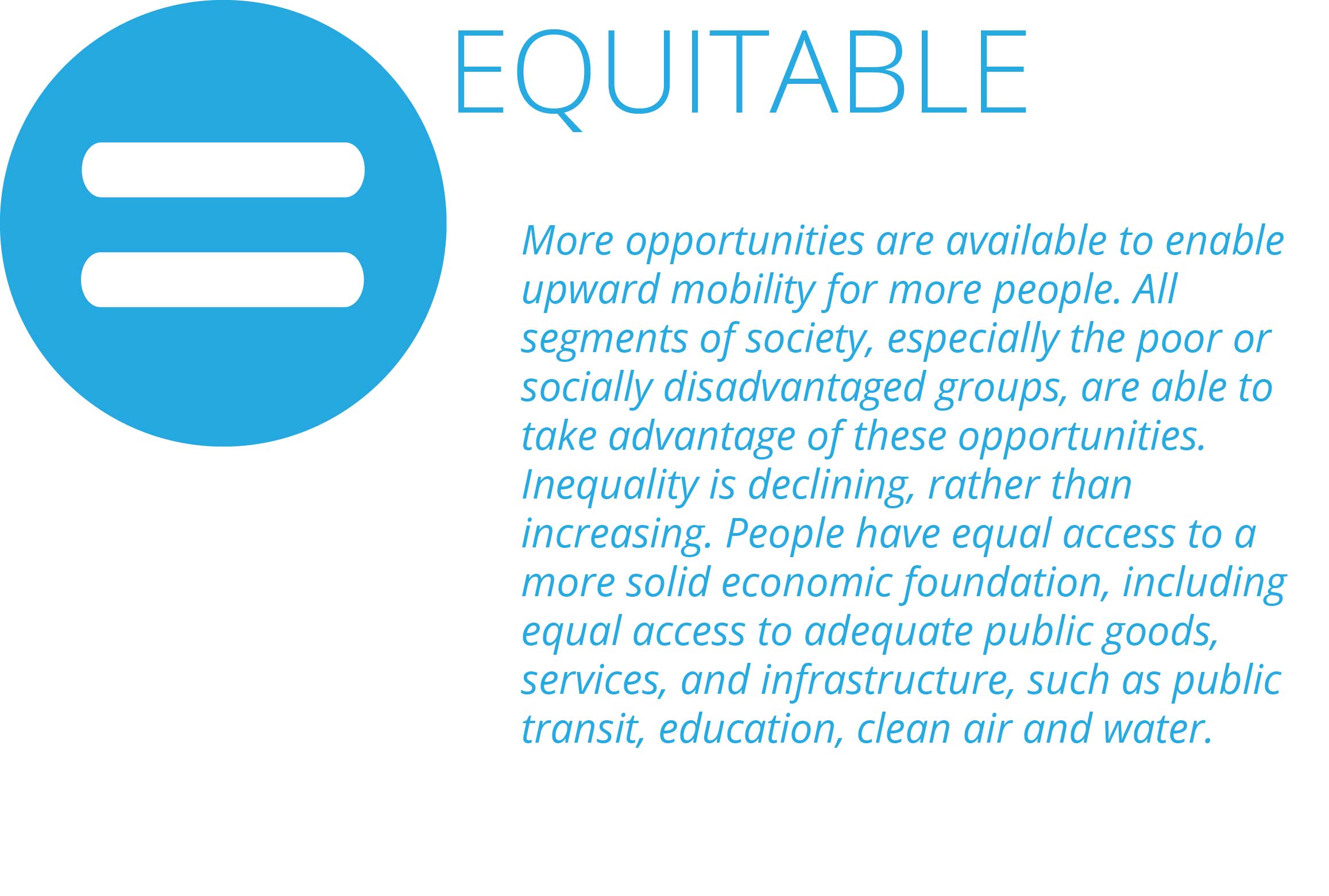
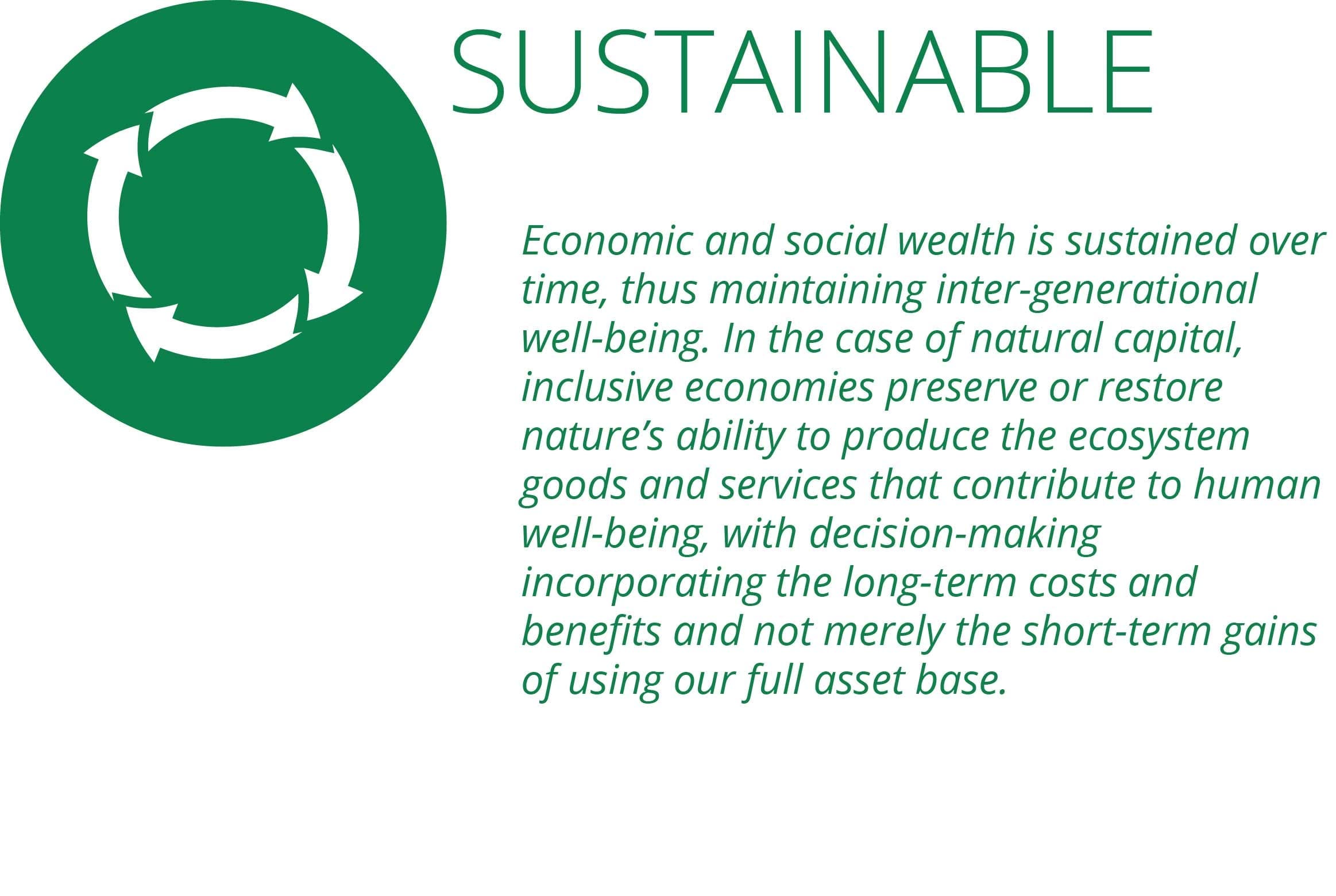
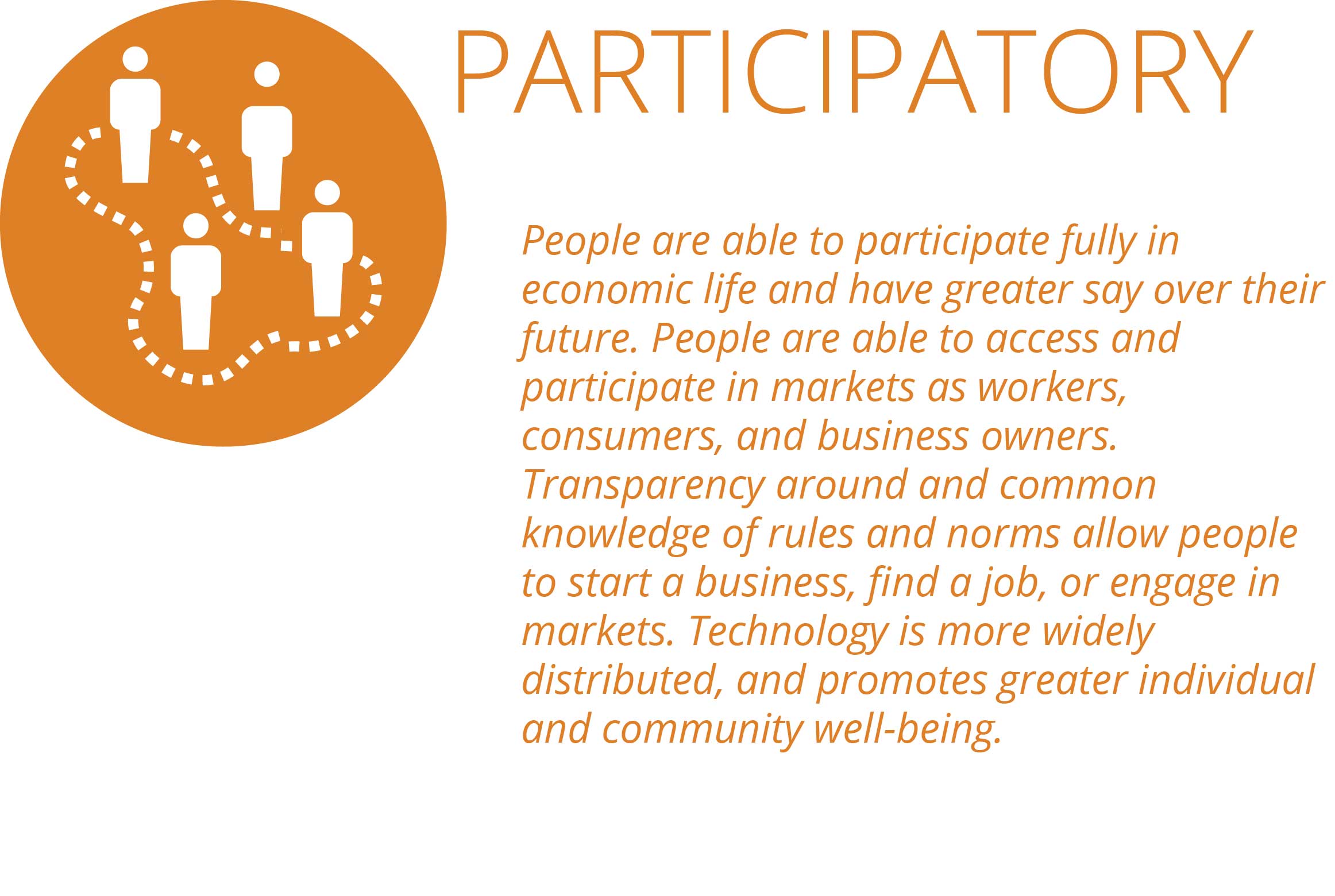
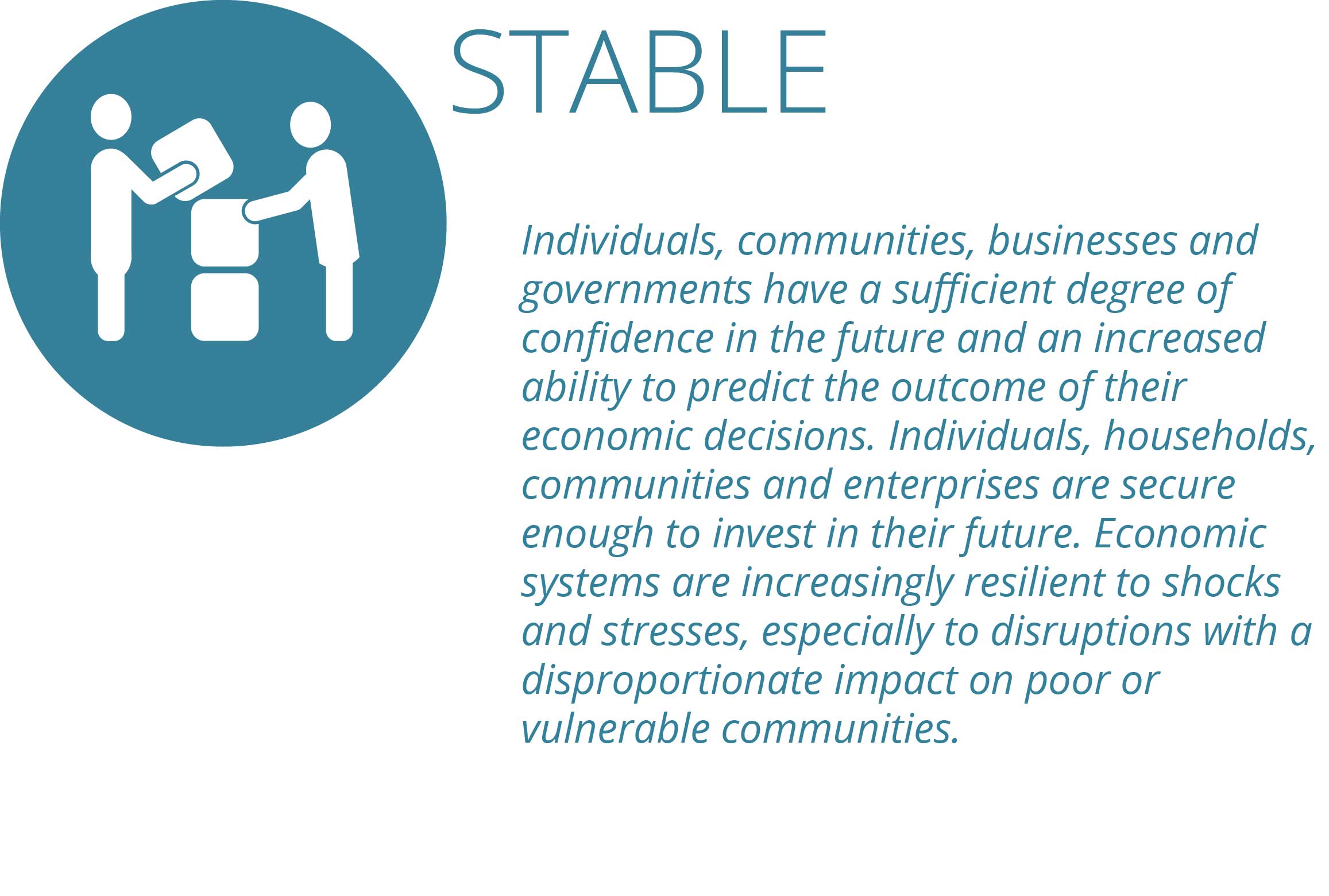
Leave a comment